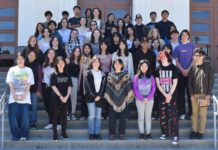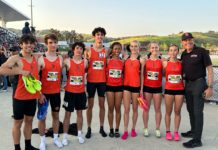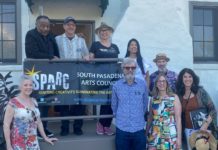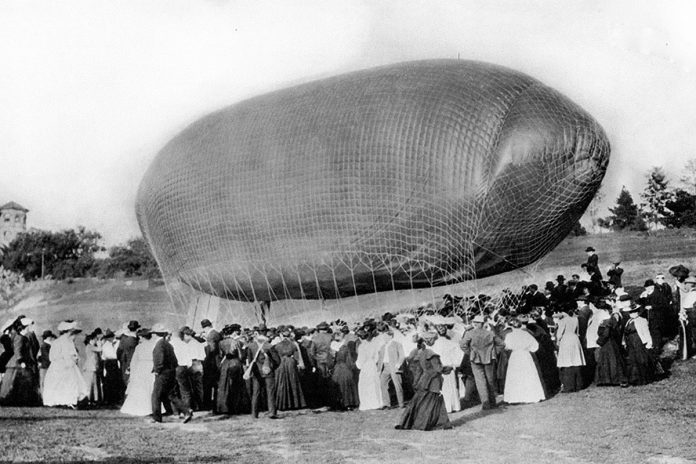
For Throwback Thursday this week, we celebrate “The Great Race” from Los Angeles to South Pasadena, pitting automobile against flying machine on February 12, 1905 (114 years ago this week).
Before The Great Race in 1904
The Pope-Toledo automobile had already earned a reputation for speed and durability for stock touring cars.
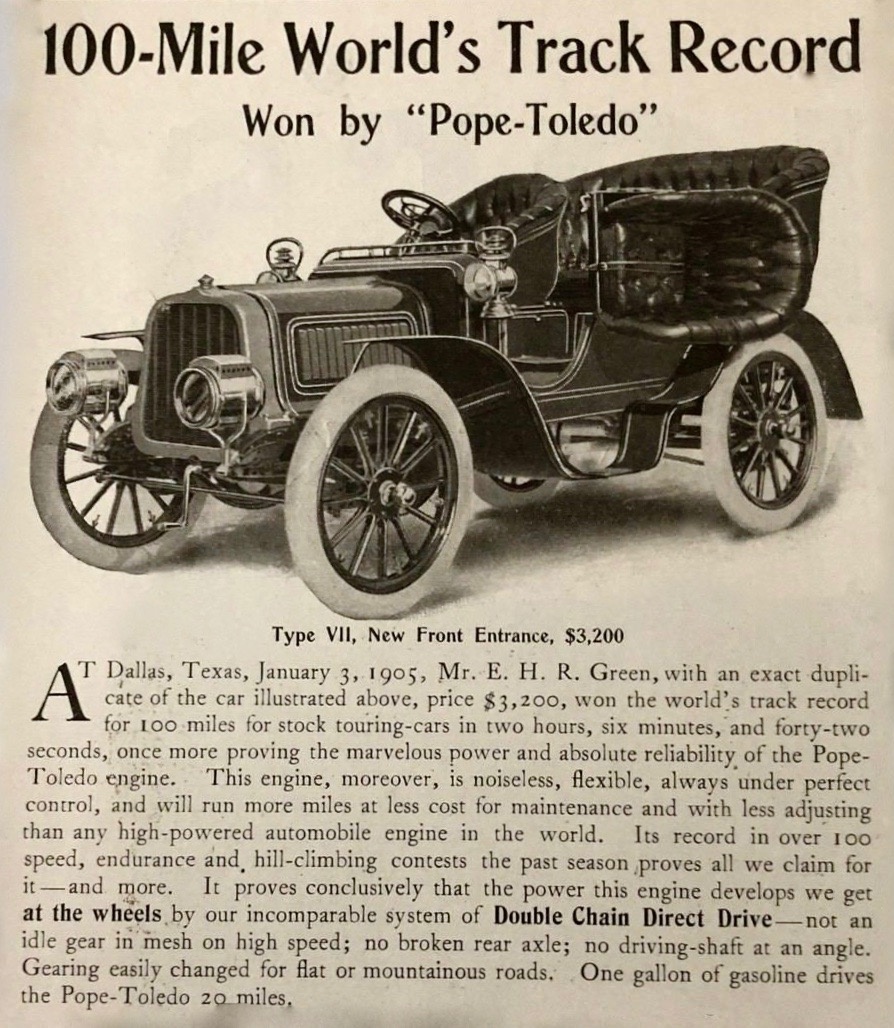
While Roy Knabenshue was the first to make a dirigible balloon flight over the skyscrapers of New York City, one year after his original lighter-than-air powered flight at the St. Louis Exposition in 1904.

The Great Race
On February 12, 1905, Knabenshue accepted a challenge from the cocky Colonel Hancock of Los Angeles. Hancock waged $500 that he in his Pope-Toledo automobile could drive faster from Chutes Park (Los Angeles) to The Raymond (South Pasadena) than Knabenshue could fly there.
The crowd was estimated at 25,000 people to witness Roy Knabenshue call out “Let her go!” The confining ropes were immediately cast off signaling the start of the race.


The automobile took the early lead. But like the story of the tortoise and the hare, the Pope-Toledo’s jackrabbit start eventually succumbed to engine trouble and road hazards along the Arroyo Seco causing it to fall behind.
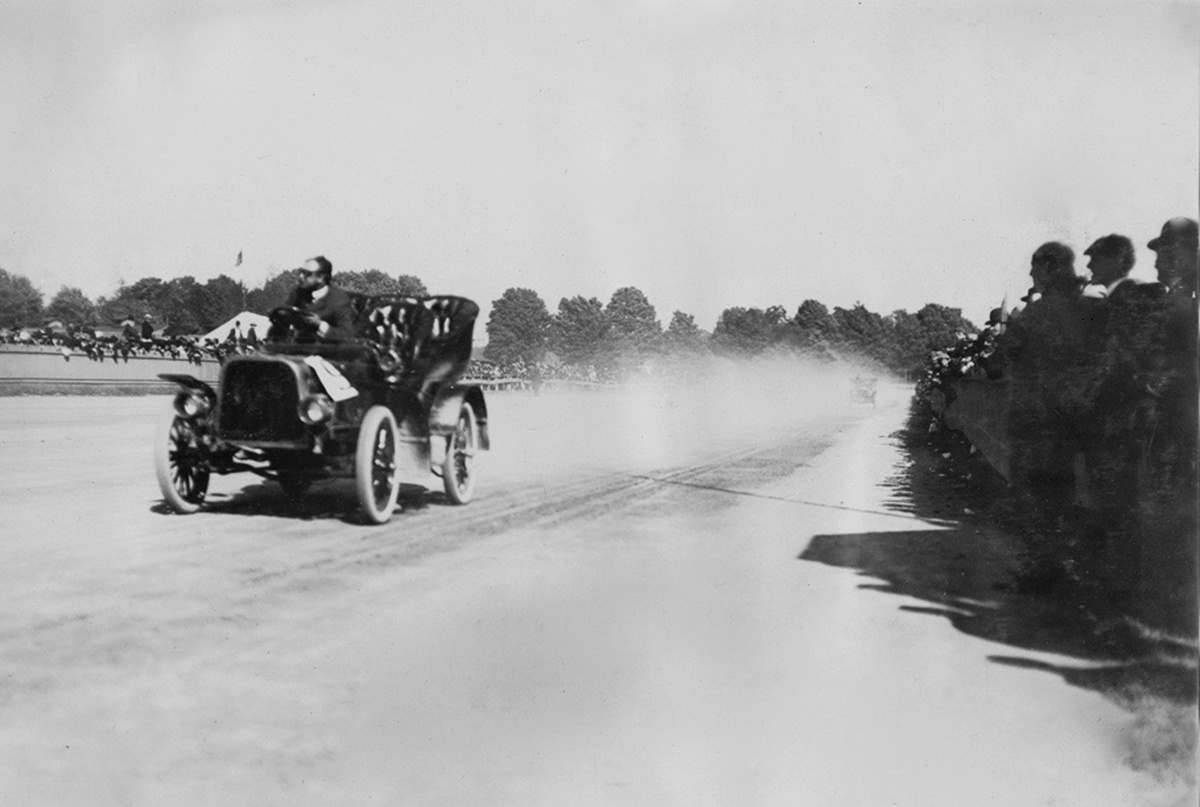
Meanwhile, Knabenshue’s airborne dirigible made steady progress toward The Raymond.
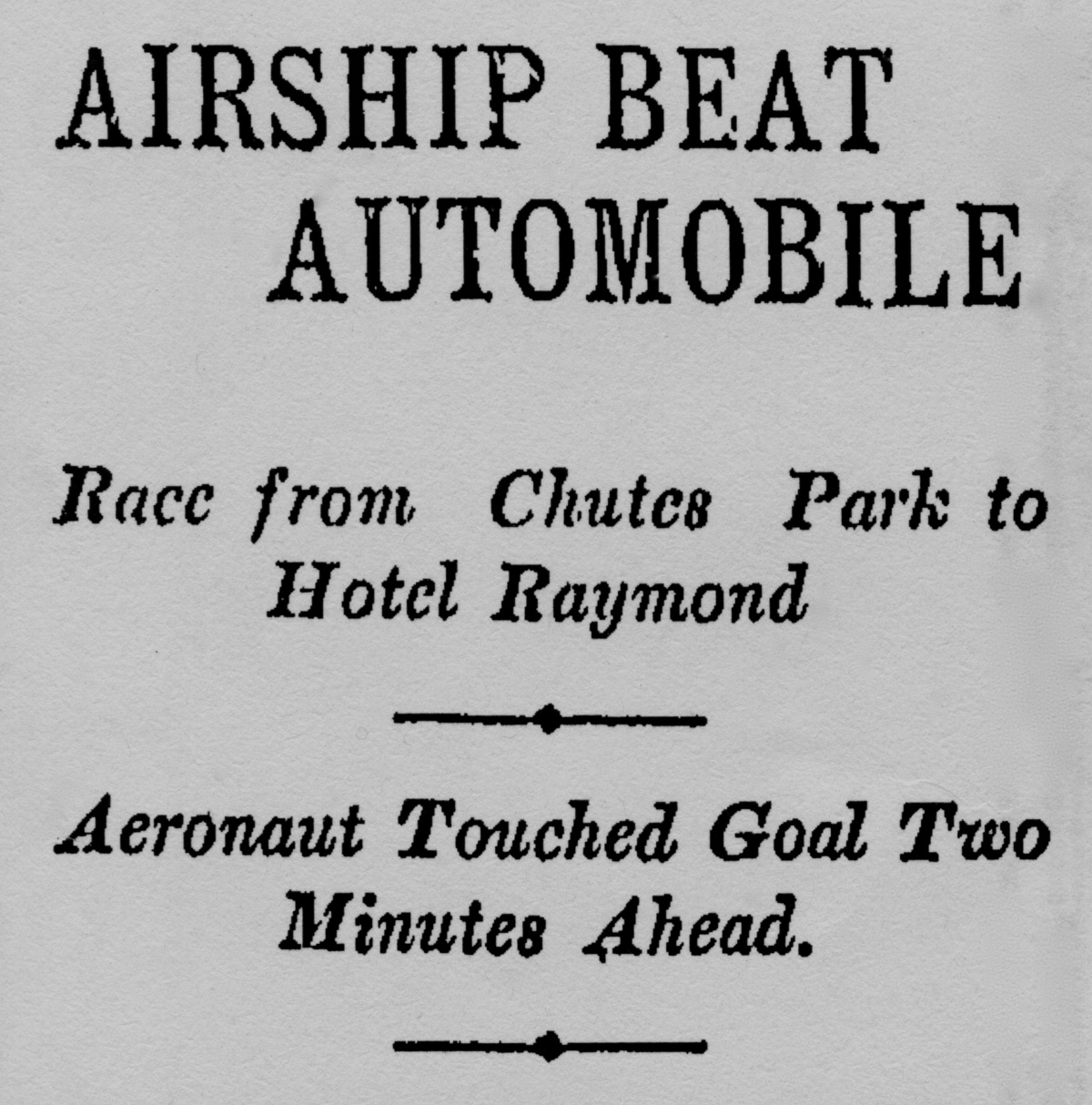
Knabenshue’s dirigible touched down on the golf course of The Raymond first – beating the Pope-Toledo by a margin of two minutes.
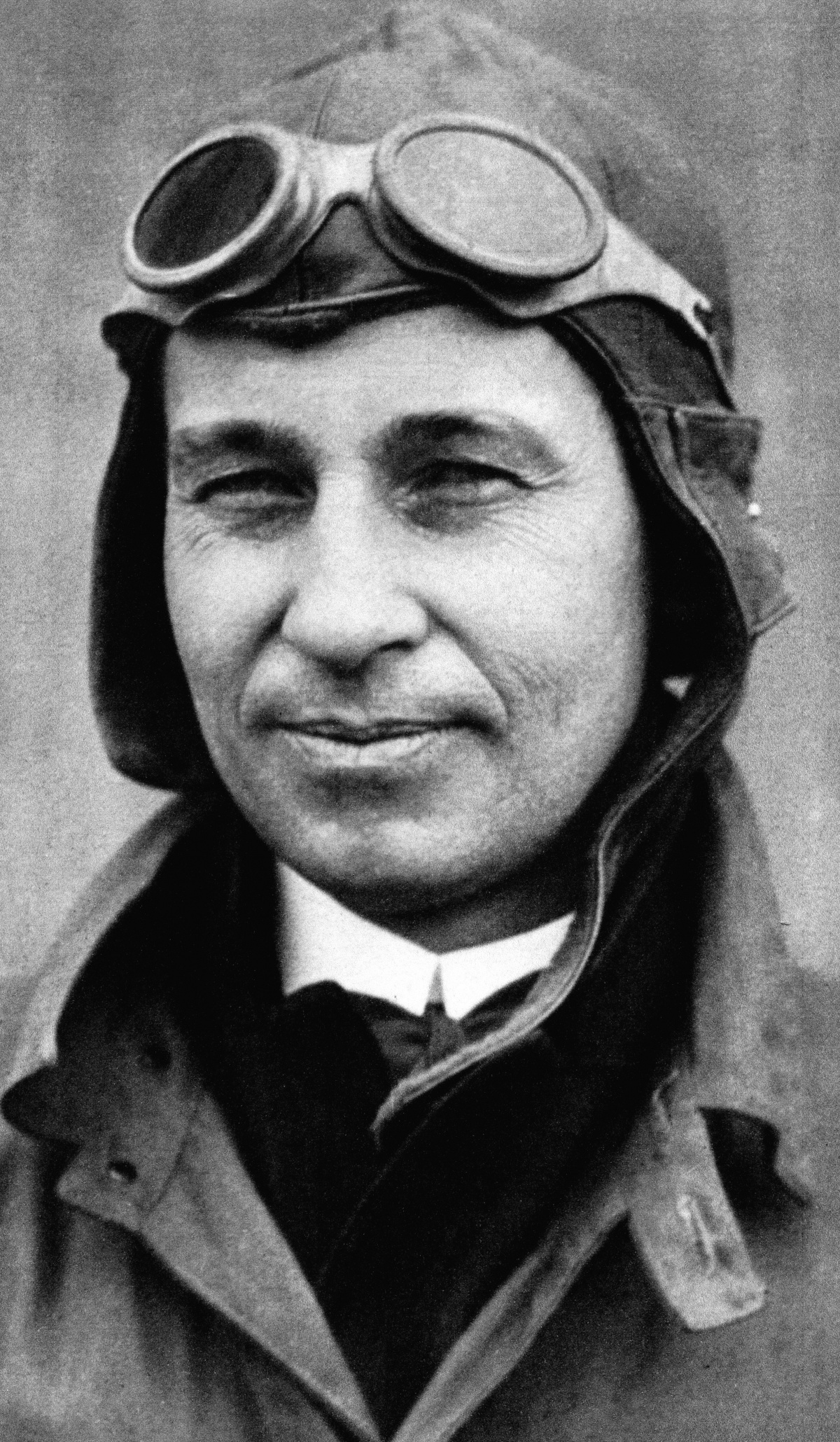
First Passenger Air Service in America
After several years of barnstorming and serving as general manager for the Wright Brothers, Roy Knabenshue established the first passenger air service in America by taking paying customers in his “Knabenshue Airship” on a flight 800 feet in the air over parts of the San Gabriel Valley and Los Angeles.
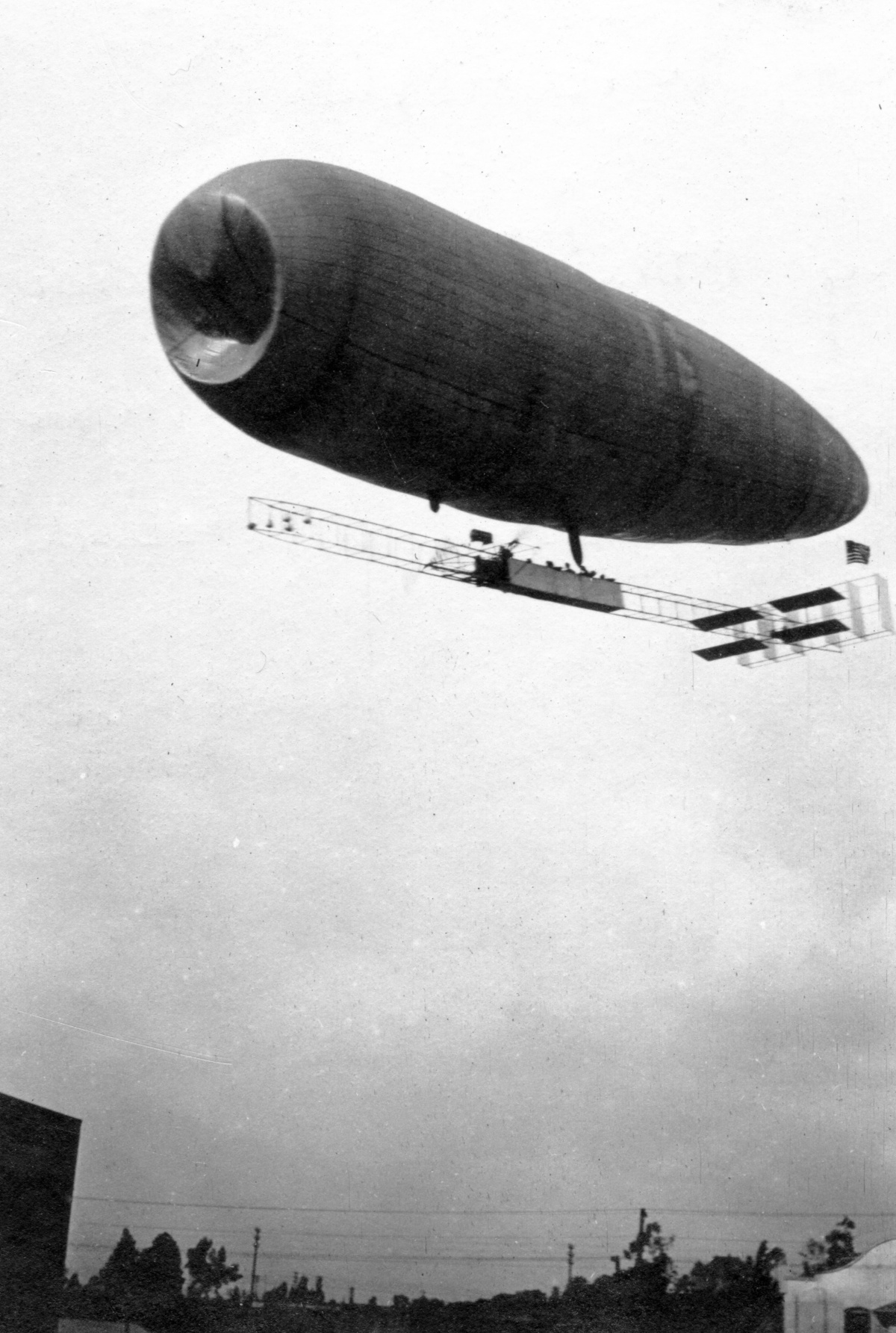
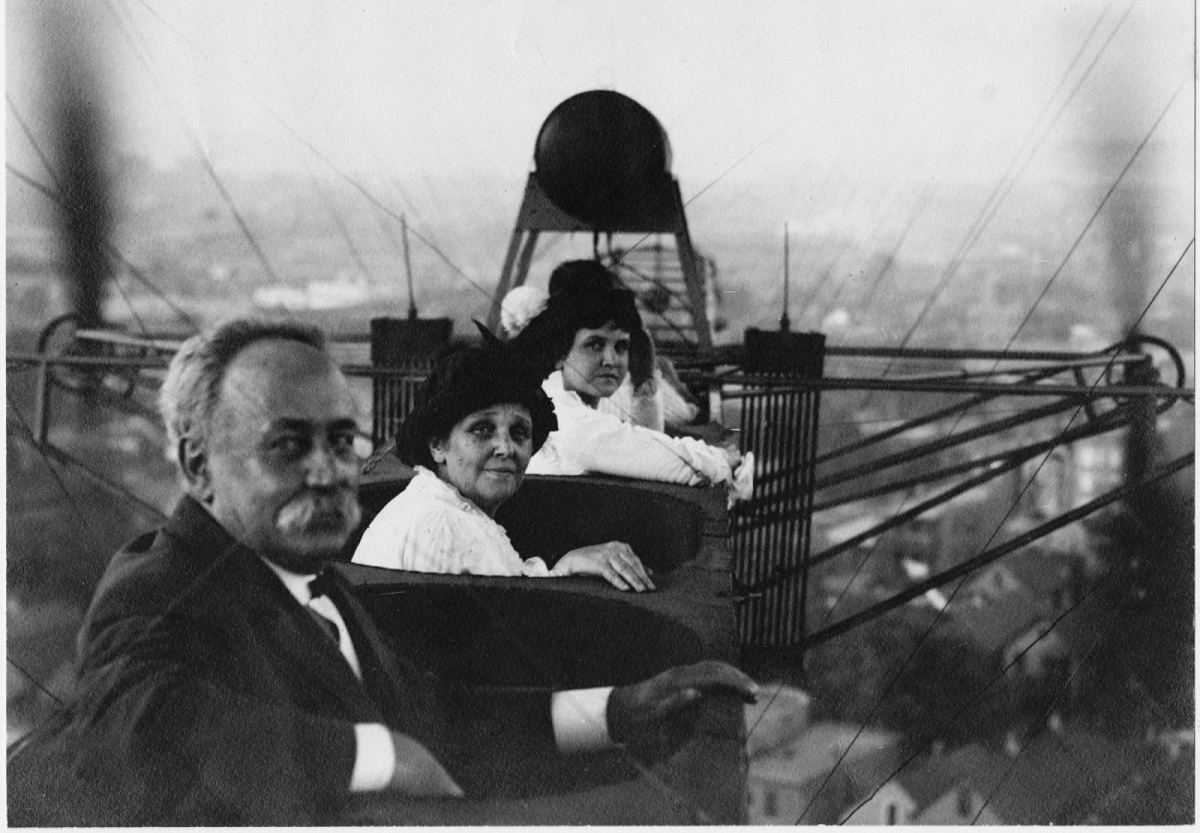
Roy Knabenshue’s 13-passenger dirigible aerial tours over the San Gabriel Valley cost passengers $25 each.
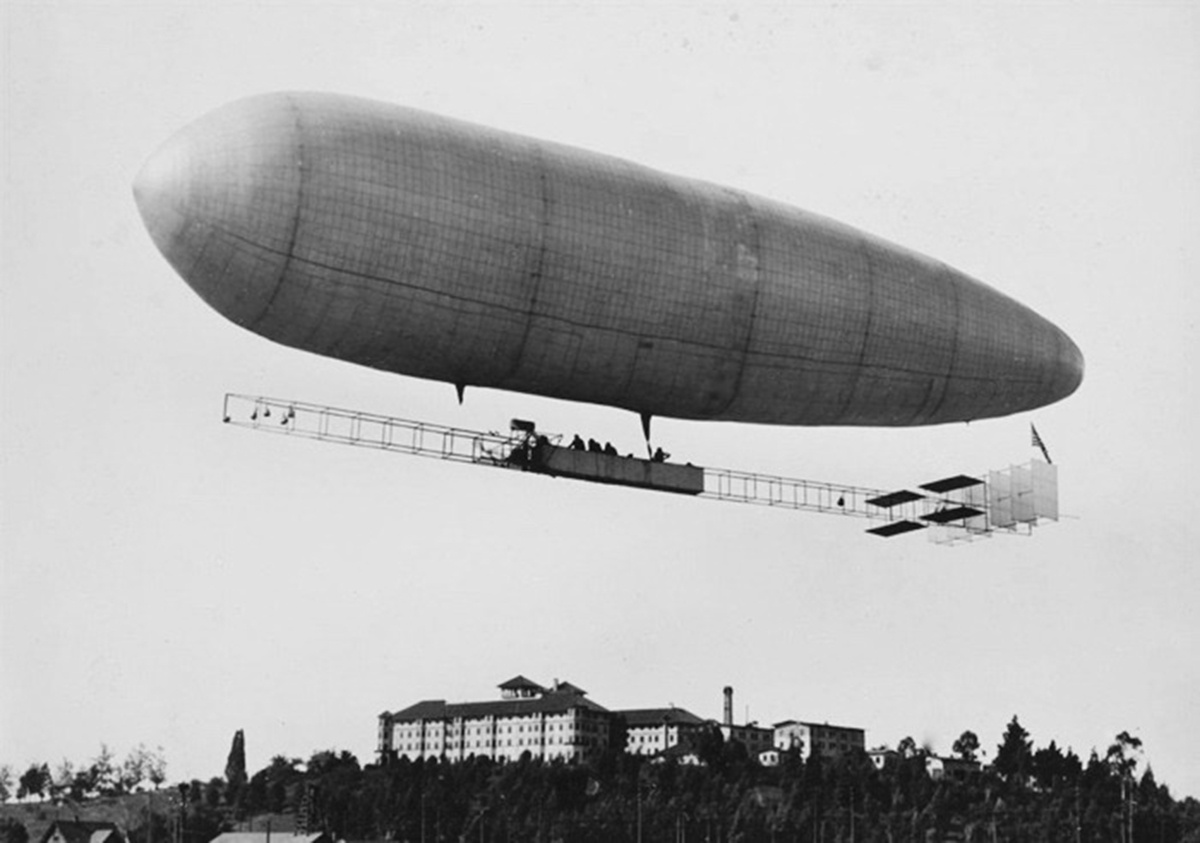
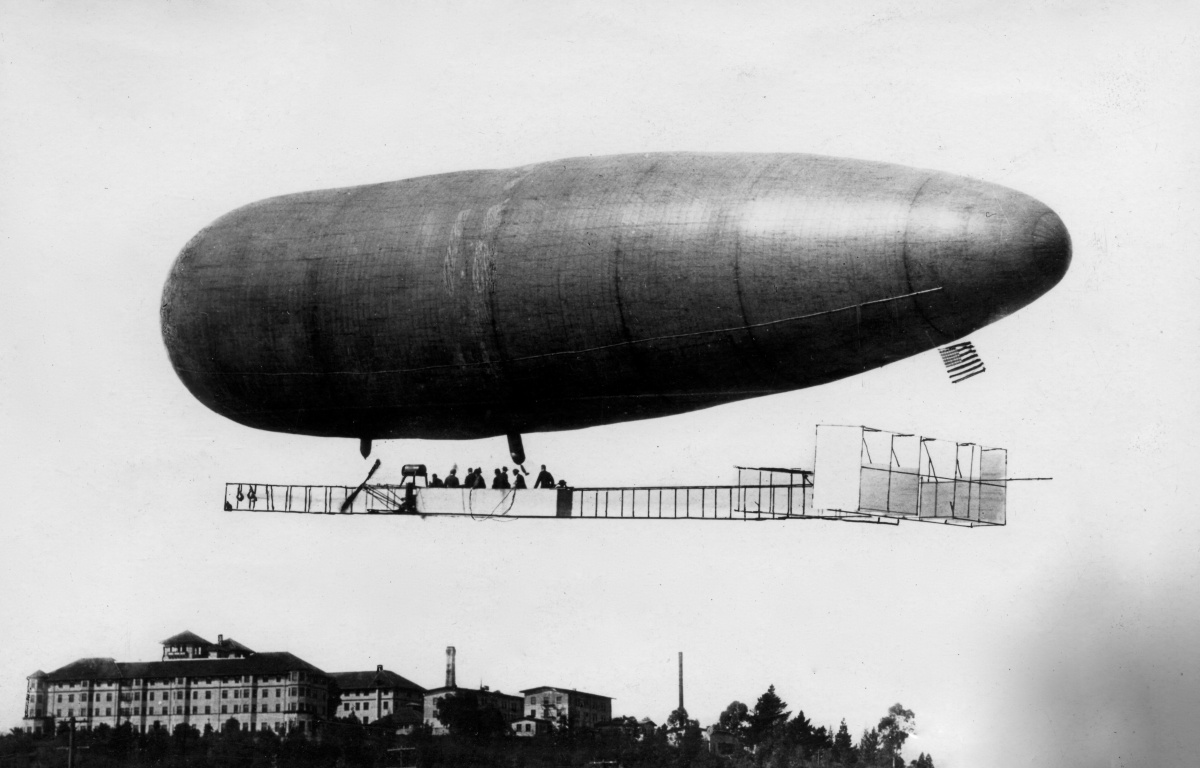
Note: Knabenshue established his headquarters near The Raymond hotel. His hanger was at the corner of Glenarm and Marengo. Walter Raymond’s son Arthur credits Roy for his lifelong passion of flight which later led him to design such classic aircraft as the DC-3 and DC-8.
Throwback Thursday is written and produced by Rick Thomas



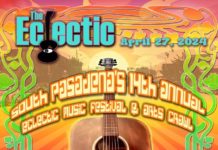
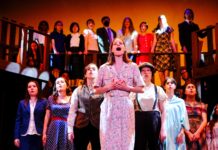

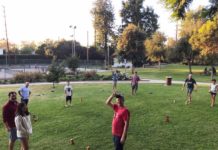
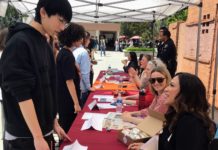




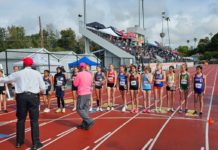
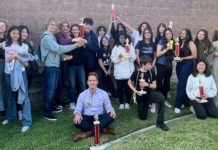

.png)






